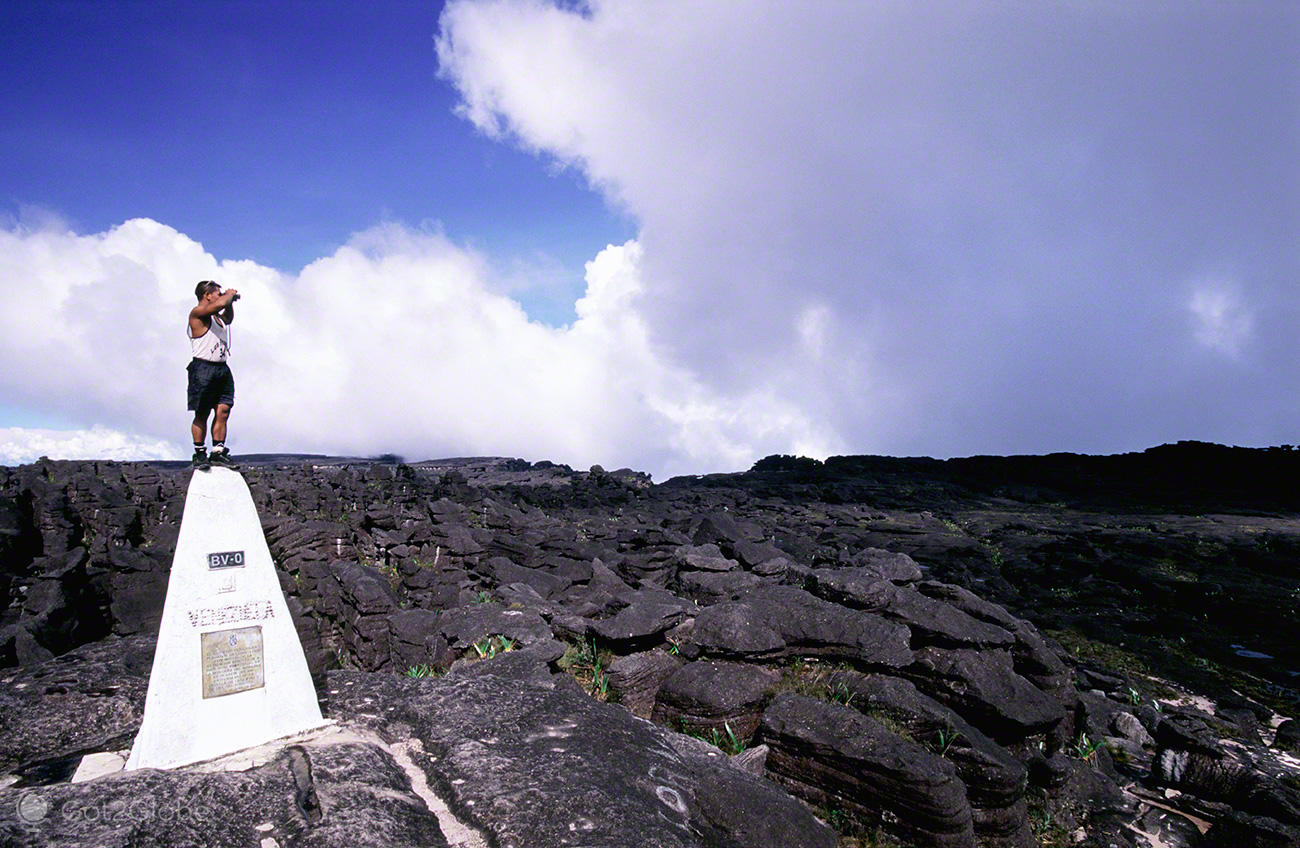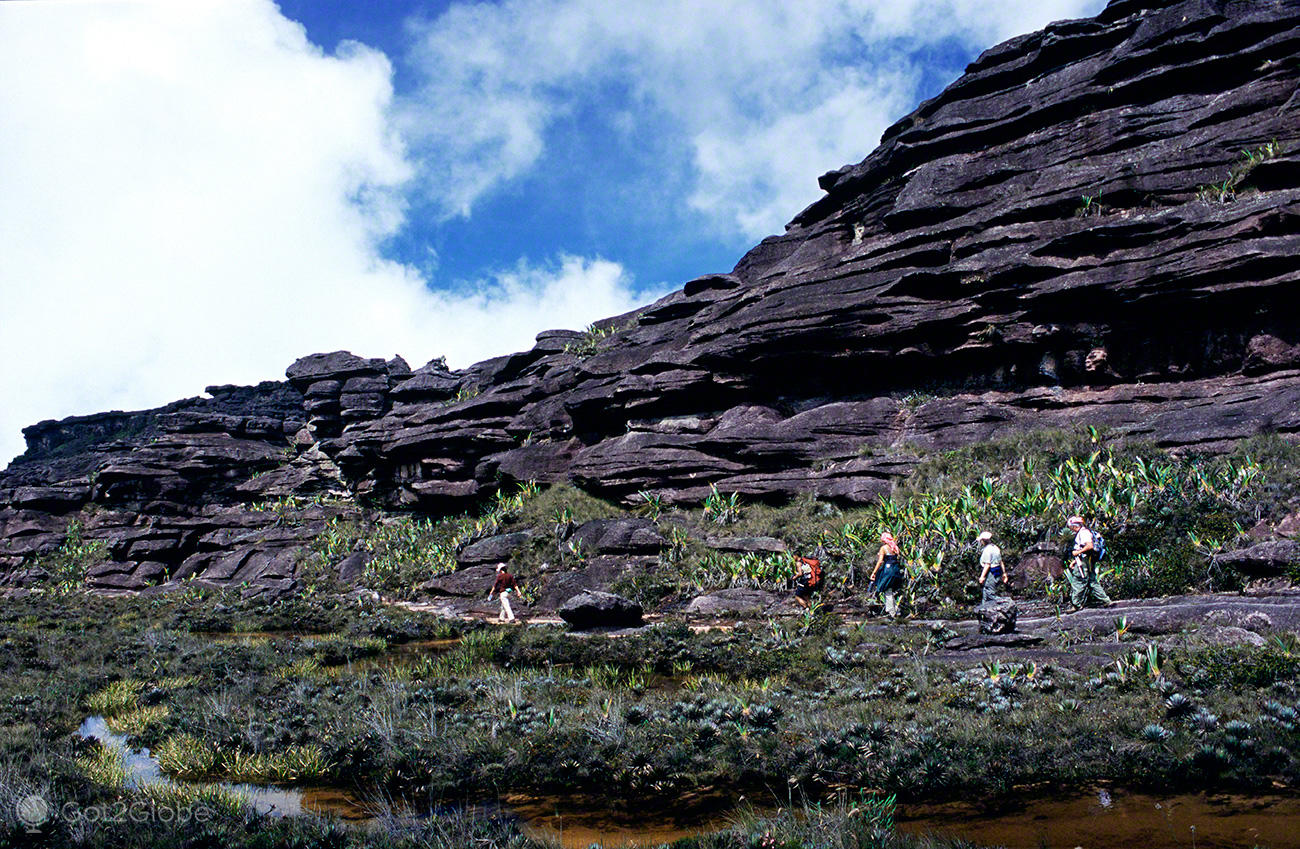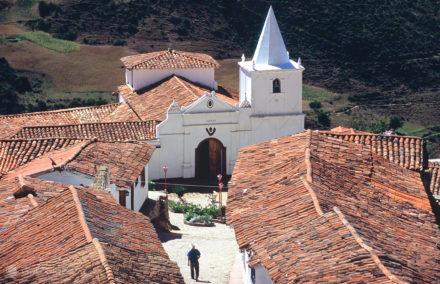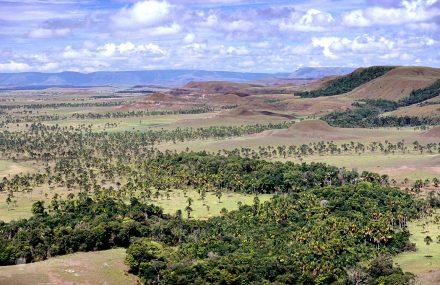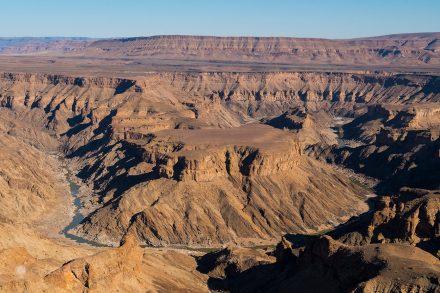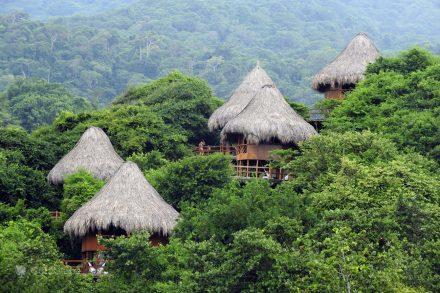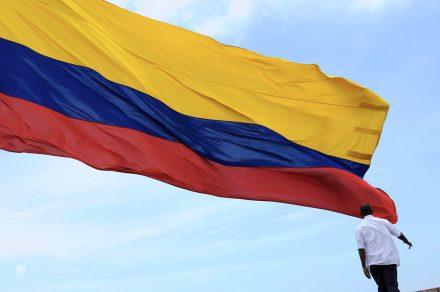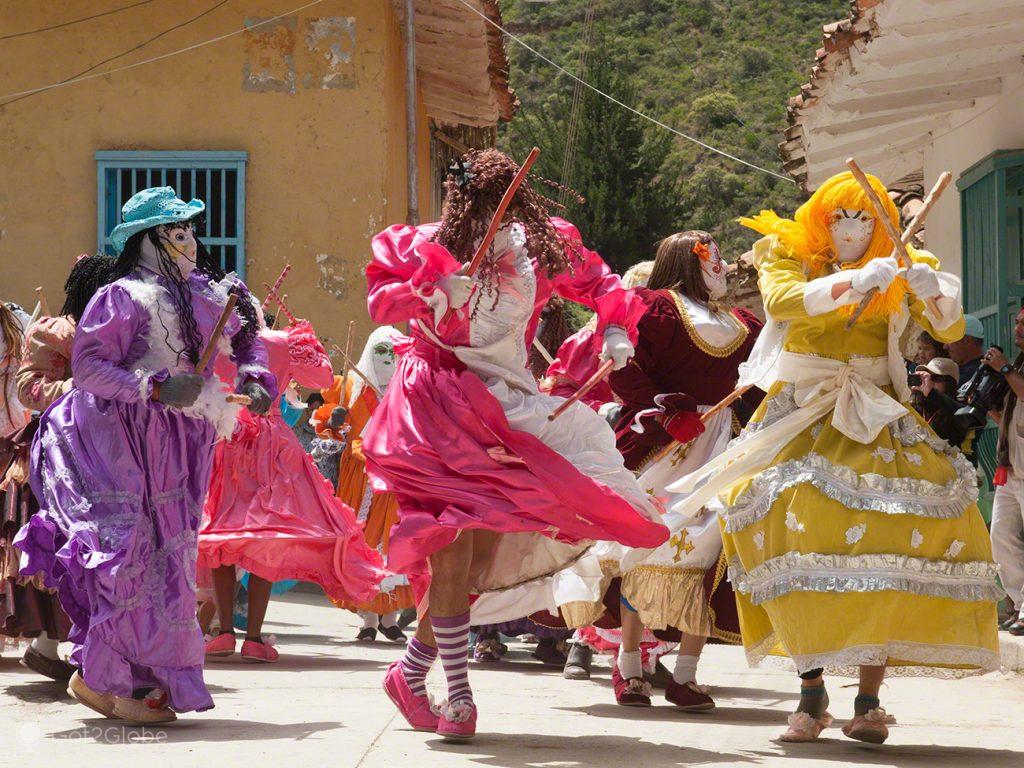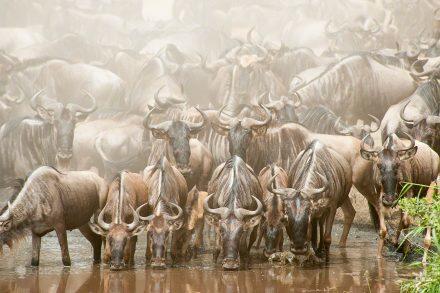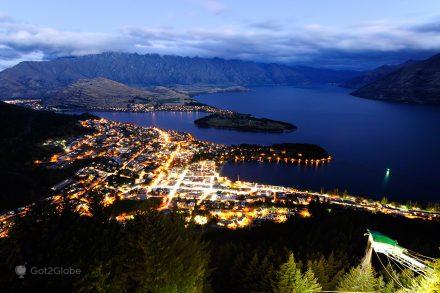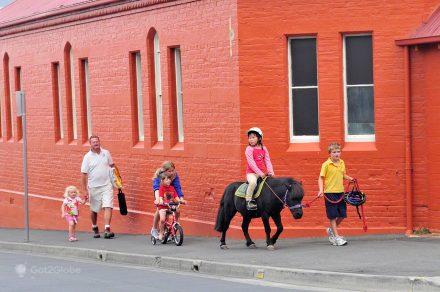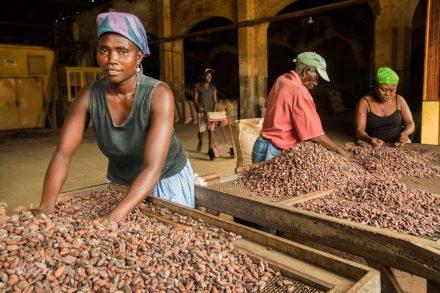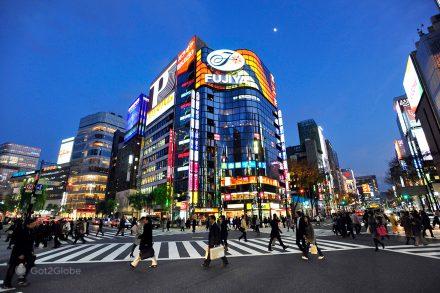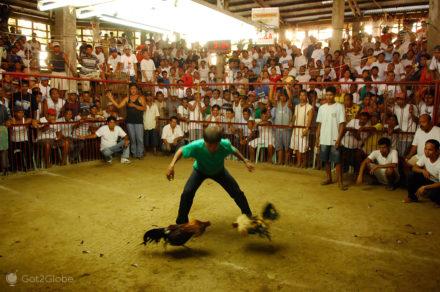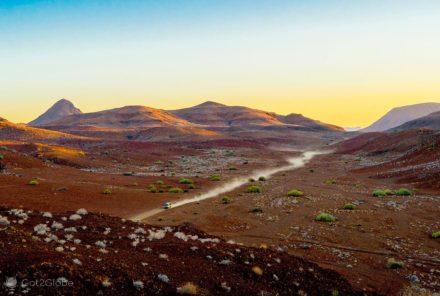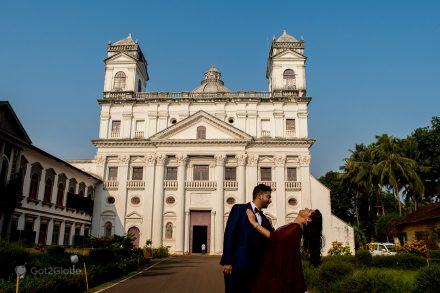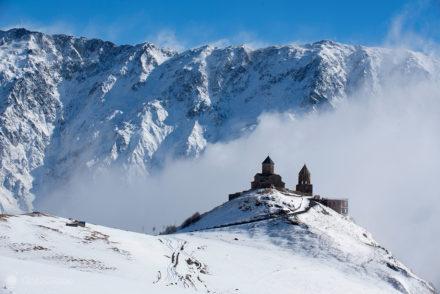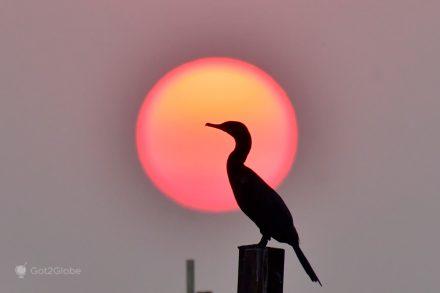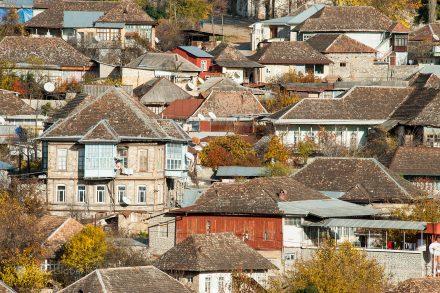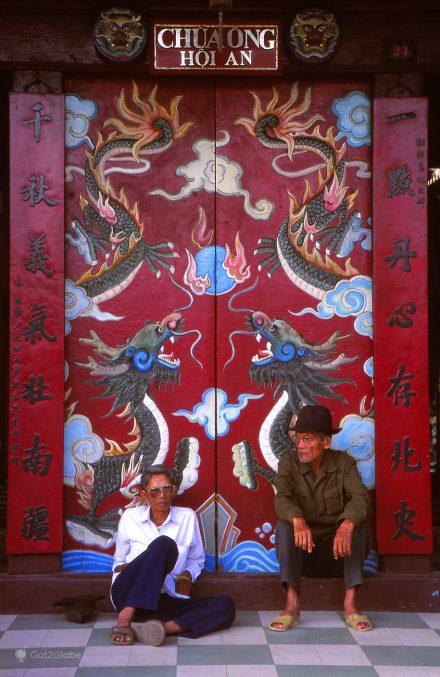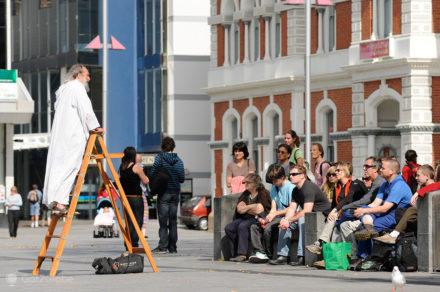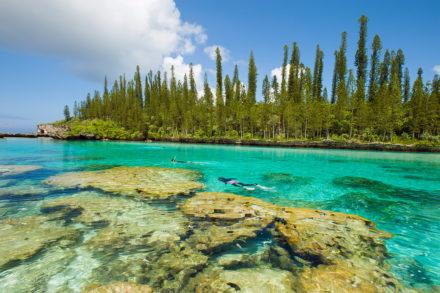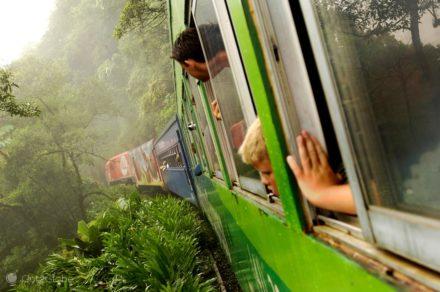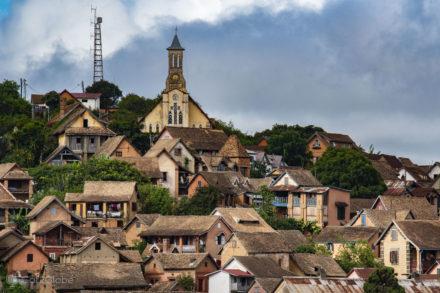The walk had not yet started when the first complaints appeared.
We left Santa Elena de Uairén – the closest town to the border between Venezuela and Brazil – in a 4×4 that the driver insisted on taking to the limits.
If on the wide paved road we left the curves practically skidding, after the detour to the dirt track that led to Paraitepui, the challenge became to protect the body from the jumps that the jeep made over the holes and gaps.
Günther, the German in the group, had already woken up something unwell, as he suspected, thanks to some over-fried empanada from the day before. Couldn't take it. Somewhat upset, the driver stopped there and we were all able to recover from the motorized cataclysm.
Ten minutes later, we were again in a position to proceed. There were 15 kilometers to go to the starting point of the itinerary.
The small school in Paraitepui appears on a hillside. From then onwards, there are dozens of typical huts in the region. The inhabitants showed no reaction to the invasion of outsiders.
Despite the lure of dollars, euros and bolivars left here by visitors, the village does its best to protect what remains of its cultural identity. Photographing its members, the interior of houses or other private domains is something that only a financial compensation to the extent of the slight can achieve.
Accordingly, we proceeded non-stop to a kind of improvised headquarters to welcome the groups and take care of the last preparations. It remained to quantify what there was to transport. And determine how many chargers would be needed.
It was something that Marco Alexis, the native guide, took care of.
Marco was used to hoarding functions and taking care of essential supplies and utensils.
As such, we decided together to only have one additional man. We heard some of his last indications. Finally, we put our backpacks on our backs.
From the moment we arrived at Paraitepui, we could see the purpose of the expedition from a distance.
The time had come to pursue him.
Were it not for the jejenes that infest this area of northern Venezuela, demonic mosquitoes immune to conventional repellents and the initial kilometers of the route, always descending, would have been a walk.

After crossing a first stream of water, the mosquitoes were joined by two or three climbs that required maximum effort. Up to the summit, no stage seemed as exhausting as the first.
We felt a weariness to which Marco Alexis and Uncle Manuel, used to repeating the journey there and back, were already immune, but which the former knew to be extreme for most travelers who engage in these adventures.
Accordingly, the guide determined the first rest stop.
After serving chocolate sweets that immediately restored energy, he transmitted some additional information.
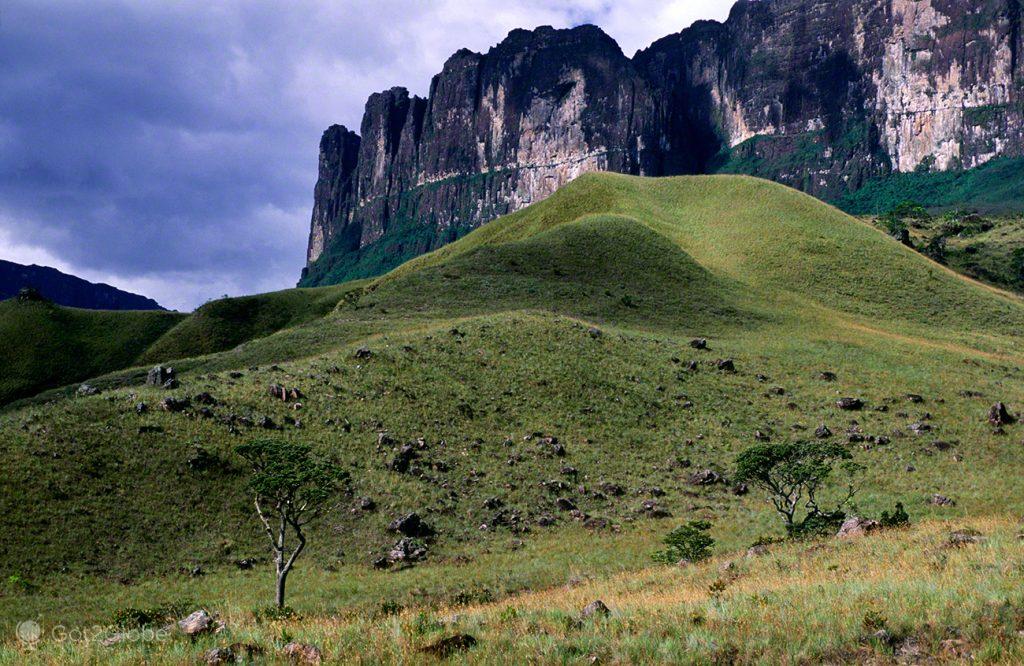
The Tepuis of the Venezuelan Savannah and the Indigenous People who were never Pemón
Everything was happening in the Venezuelan state of Bolivar.
More precisely in a remote region that enters through the Brazilian and Guyanese territories, called Gran Sabana.
of the hundreds of tepuis (rocky plateaus) on the Gran Sabana, our destination was the top of the highest (2723m), Mount Roraima. A “brother” by the name of Kukenan, just 123 meters shorter, stood next door.
Between them, there is a kind of canyon oriented from north to south. From there, the clouds coming from the Atlantic lurked and, from time to time, invaded the landscape.
The vertical cliffs that separate the tops of Mount Roraima from the ground exceed 500 meters in height. They establish a frontier that was, for many millennia, impregnable.
In terms of extension, neither Roraima nor Kukenan can compare to the biggest tepuis existing on the face of the Earth. One of these, the Auyantepui is known for being from its top diving the highest waterfall in the world, the Salto Angel, with 989 meters.
The Auyantepui covers an area of 700km². It is almost twenty times the 34km² occupied by Monte Roraima.
About twelve kilometers after Paraitepui, we arrive at the first intermediate camp, next to the Tok River.

Marco Alexis and another uncle, also nicknamed Alexis – a kind of guru from Monte Roraima, prepare a dinner that the group devoured in no time.
Soon, they joined the group, reinforced the general good mood and offered a few sips of rum that anesthetized us from the accumulated fatigue.
Alexis dismisses some initial shyness. She does impose her savannah wisdom. She unwinds a series of fascinating tales and information.
Of these, what caught our attention was the dissatisfaction of the indigenous people with the term “Pemón”, universally accepted by foreigners to describe them.
As he made a point of explaining to us, “Pemón” means, in a local dialect, “the humans”. was the expression used by the Indians in the first meeting with Europeans, to answer a question like “Who are you?”.
Alexis once again emphasized that there is not and never has been a group of Pemon Indians. Even against his will, a brief Internet search is enough to see how the word is used virally in any text about this region of South America.
On the way to the Second Base and the foothills of Tepui Monte Roraima
Despite some rain and a resounding thunderstorm, that first night, we managed to sleep and recovered from the severe muscle wasting.
At six o'clock in the morning we were ready to travel the other ten kilometers to the second base, already located at the foot of Mount Roraima.
It was still early when we reached the bank of the Kukenan River. At that almost equatorial latitude, the sun was already burning our skin unceremoniously. Aware of the increasing difficulty of the journey,
Marco gives us permission to go for a swim. “Even with so much photography, they are a fast group!”, he praised us. “Deserve the reward!”
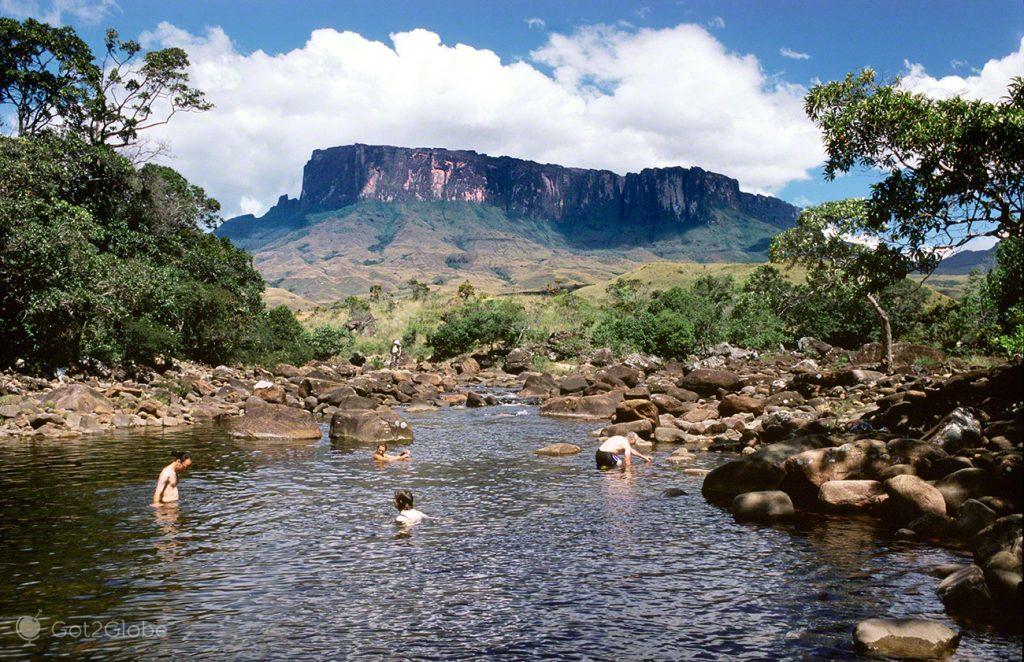
In the middle of the Kukenam River, we find that the distant view of the "brothers" tepuis it had become an image well endowed with shapes and colors.
From then on, the path continued uphill and under an increasingly cruel sun. By that time, no one was complaining anymore.
Conversation starts, we reach base camp.
Discovering the Extraterrestrial Summit of Mount Roraima
The afternoons and nights spent there had as an unavoidable topic of debate the location of the ramp to the top. Despite the relative proximity, we continued to find it difficult to believe that, the next day, we would reach the top of the tepui
All that protruded from the vertical rock was a narrow, brush-covered ledge on which balance seemed impossible.
The most anxious then began to imagine moments of pure vertigo, of being suspended between the wall and the abyss and hundreds of meters high.

With the best of opportunities, the guides were quick to present the group with a new high-calorie dinner and a few more drinks of good Caribbean rum.
The last assault was carried out among the wild vegetation that covered the slope right up to the rock wall.
We did it along a track where almost vertical sections that required “quadruped” locomotion alternated with other, softer ones, which were easily overcome on foot.
 From time to time, there were more small streams and waterfalls that suggested rest and refueling. On two or three occasions, we also passed through areas free of woods that allowed us to contemplate the vastness of the Gran Sabana.
From time to time, there were more small streams and waterfalls that suggested rest and refueling. On two or three occasions, we also passed through areas free of woods that allowed us to contemplate the vastness of the Gran Sabana.
After a treacherous final stretch that forced us to walk leaning against the cliff, with extra care to avoid slipping rocks, we conquered the top.

Having taken the usual pictures, it was imperative that we find the place where we would spend the night.
With that goal in mind, Marco inaugurated a much more demanding leadership on the surface of Mount Tepui.
Even before we were warned, it was with surprise that we came across the rawness of the “Hotel”, a simple recess in a cliff with enough space for the tents and which ensured relative protection against rain and wind.
There we settled without whims.
And we slept.

Marco wakes us up about the sunrise.
I had already prepared a new, very Venezuelan breakfast of arepas, huevos revueltos and coffee. The meal was short lived. The desire to explore overcame everything. As such, fifteen minutes later, we surrender to the surreal scenario.
The route proved, once again, complex.
The fractures in the rock followed one another, deep. They alternated with large impassable ridges, long surfaces with fragmentation patterns, streams, flooded valleys and other problematic formations.
We stopped for the first time in El Foso, a huge circular hole where a stream ran which, even before joining underground sheets, was transformed into a lagoon.

Then, we reached the Valley of Crystals, as the name implies, an area covered in raw crystal in which some impressive natural sculptures stood out.
We continue north. We circumvented the vast “Labyrinths”.
There, the impressive blackness of Roraima becomes denser. It seems to have no end, an effect generated by the succession of thousands of irregular blocks of rock, interspersed with cracks wide enough to allow passage.
As Marco confessed to us, that was a mysterious and somewhat dangerous redoubt in which not even the guides themselves felt comfortable.

The explanation, substantiated by the examples of several people missing forever on the tops of Roraima and the “brother” Kukenam, frustrated any demand or rebel initiative.
It kept us in the direction of the main objective of the expedition.
The Disputed Triple Frontier from the Top of Mount Roraima
The place where Mount Roraima reaches its maximum altitude (2.800 m) also marks the convergence of the lines that separate the territories of Venezuela, Brazil and Guyana.
This border is called by Venezuelans BV 0 (Brazil-Venezuela: zero).
It is identified, on the ground, by a geodesic mark that should have marked, on each of its faces, the corresponding country.

But Venezuela has long claimed a significant part of Guyana's territory.
For this reason, the plaque that marks the Guyanese side is torn down countless times by Venezuelan visitors and guides to Mount Roraima.
The Triple Frontier coincided with the northernmost point of the tepui what we were supposed to get to.
Marco did not give in to our shared desire to continue towards the Bow where we could observe the vastness of the Brazilian savannah and the Guyanese jungle.
The guide even took the opportunity to dramatize his negative response: “friends, I prefer to dispense with your panic when we find ourselves lost, in the dark, frozen, without tents or sleeping bags, in this wild vastness”.
He, better than anyone, knew the reality. At our leisurely photographic pace, it would be difficult to return to the “Hotel” before nightfall, let alone get involved in new challenges.

Much due to the disappearance of natives and foreign discoverers, Roraima soon became involved in a profound mysticism, fed and disseminated by the region's tribes whose enigmatic reports came to arouse the curiosity of more and more explorers.
Even though their inexistence is confirmed, dinosaurs and other prehistoric creatures, as well as mythical characters are a recurrent theme of old legends and improvised stories by the natives of the Arekuna, Taurepan and Camaracoto ethnic groups.

Since the mid-eighteenth century, these narratives have fascinated old-world adventurers.
It is more than likely that the pioneer ascent to the top of Mount Roraima was made by the indigenous people, before the arrival of European expeditions.
The first written records of attempts to conquer the top date from the beginning of the XNUMXth century and show several withdrawals.

It was only in 1838 that the English scientist Sir Robert Schomburgk found a way to climb it.
Since then, the list of visitors has never ceased to grow. The irony of ironies is that, despite having written and published the most famous book about Mount Roraima: “The Lost World”, Sir Arthur Conan Doyle was never one of them.
Conan Doyle limited himself to assimilating the accounts of the Indians and the early explorers. In this way, he created a romanticized fiction starring an adventurous and half-crazy scientist, Professor Challenger, who comes up against dinosaurs.
The theme of “The Lost World” has been adapted to film and television several times, but the most famous of the film versions is the Jurassic Park saga, filmed, in part, on the palm-fringed plains of the Gran Sabana.
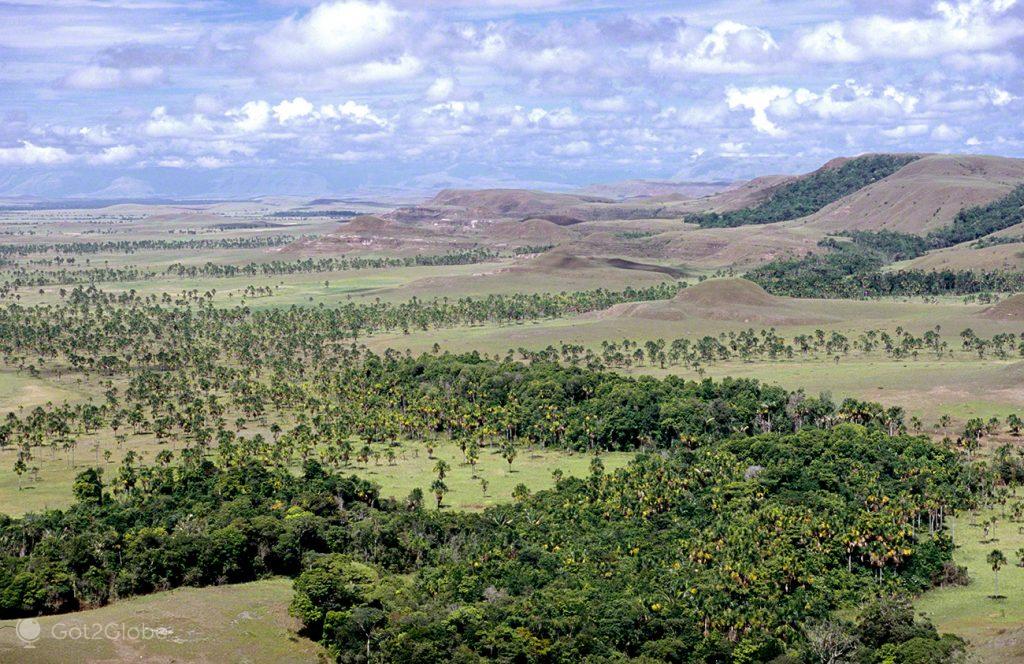
The Geological Origin of Mount Roraima
Like all tepuis in the region, Mount Roraima was part of the Roraima formation, a gigantic rock mass over 3.6 billion years old, generated by the compression of several layers of sand and silica caused by large thermal oscillations.
This formation began to break up at the end of the Jurassic Period (about 150 million years ago) when South America separated from the African continent.
In that era, forces coming from the Earth's interior caused strong tectonic movements that created the first cracks and fractures on its surface.
Over millions of years, new derivations of the plates and strong erosion caused most of the original rock to be dragged into the sea.
Today, from the gigantic initial block, only a few small islands resist in time, the current tepuis of Venezuela, Guyana and Brazil.






